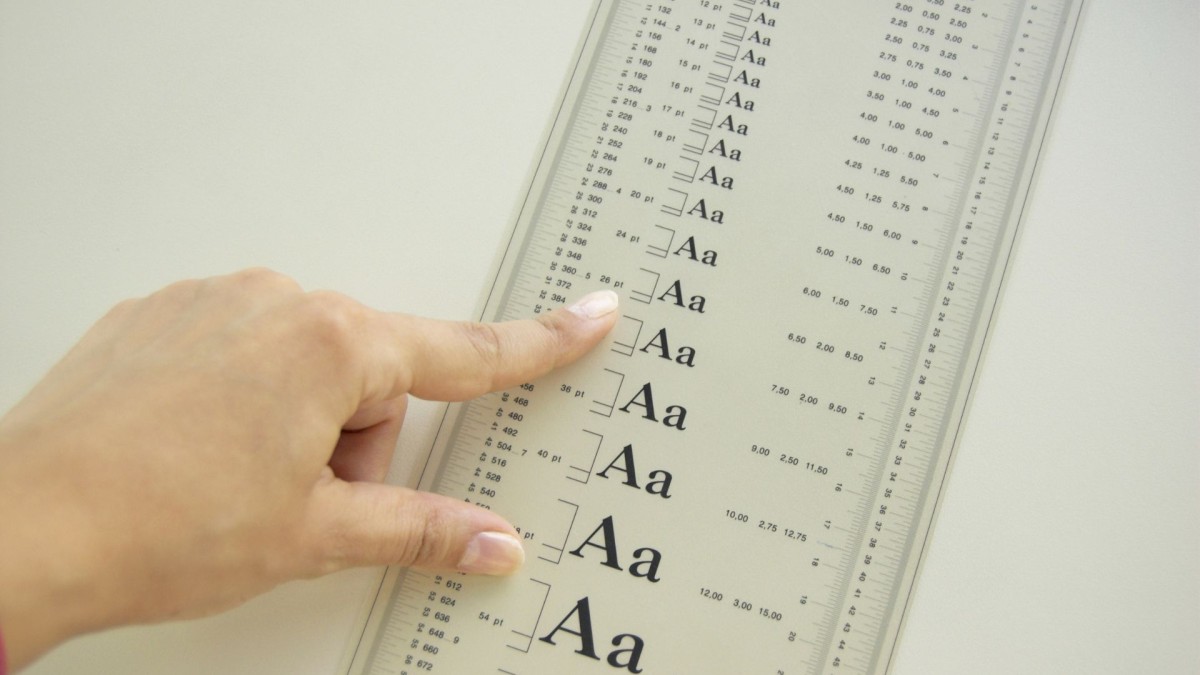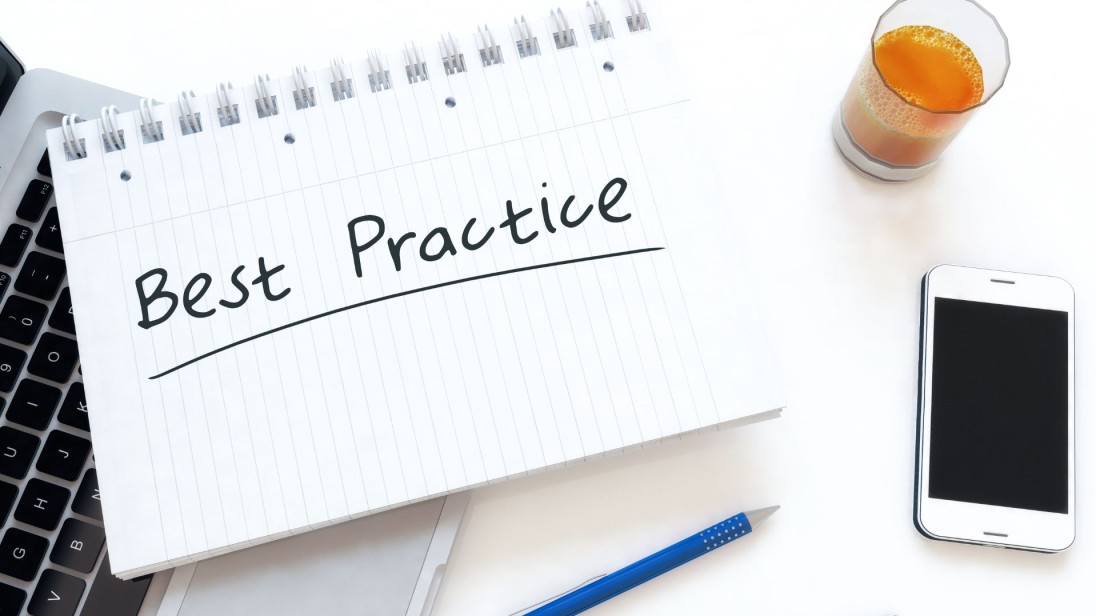Superior restaurant cuisine can go unnoticed when customers pass by restaurants that lack captivating logos.
Whenever potential customers encounter your restaurant, they first notice your logo before they see your menu.
The design functions as much more than simple representation because it delivers your initial contact with customers.
The logo acts as your brand ambassador even when customer interaction has not begun.
The best part?
The necessity of being a designer to build professional logos does not exist.
You can design your own logo through your screen using proper artistic tools and concepts.
This post shows you the complete process of creating restaurant logos online and provides guidance for personal customisation.
Table of Contents
- Understanding Your Brand Identity
- Choosing the Right Typography
- Icon vs. Wordmark vs. Combination Logos
- Importance of Scalability & Versatility
- Free vs. Paid Logo Design Tools
- Best Practices for Logo Design
- Testing & Gathering Feedback
- How to Finalize & Download Your Logo
Understanding Your Brand Identity

Logo creation involves more than visual appearance since it conveys important meanings to customers.
A restaurant's branding elements should guide how the logo appears. Every logotype requires different treatment based on the unique atmosphere of its target establishment. This is the correct approach to take.
This process for defining brand identity should be completed before starting logo development:
- Restaurant Type: Are you formal, fast casual, or fun?
- Your Story: Is your restaurant family-run? Inspired by a region? Trendy or traditional?
- Audience: Are you targeting students, professionals, families, or tourists?
- Personality: Should your logo feel elegant, quirky, nostalgic, or rustic?
A restaurant with a coastal seafood theme should employ wave pattern designs combined with nautical elements to emphasise freshness and create serenity. Logo designs that visually deliver your brand meaning draw in the ideal customers right from the beginning.
You have two options for developing your personal brand mood board, which include using Pinterest or Canva. Gather all design elements that represent the essence of your restaurant. The design process for your logo will become smoother due to visual stimulation from these inspirations, which remain true to your brand identity.
Choosing the Right Typography

The selection of text design goes way beyond choosing a basic font. Letter formatting communicates historical elements as well as emotional tones and energetic aspects.
Serif fonts, with their small decorative features, deliver a formal and traditional appearance; thus, they function best in elegant dining and wine establishments.
The characteristic Sans-serif fonts represent both modern aesthetics and easy readability, which fits restaurants that embrace clean design.
The written appearance of Script or handwritten fonts delivers cosy boutique appeal, making them ideal for homestyle boutiques.
Tips when selecting fonts:
- Check readability: Make sure the text is readable at a distant viewing range or when reduced to small font sizes.
- Avoid clichés: Using Comic Sans for a fun vibe instead of cliches would not be wise. No thanks.
- Pair smartly: Using two different fonts in your design should feature pairs that do not create visual conflicts.
You should think about the connection between your food establishment and its selected font. A contemporary Korean restaurant typically chooses to display its text with futuristic font styles. A French bistro requires text with elegant cursive styles.
While designing through a tool, check various combinations of text weights and spacing to see how they improve your logo. A professional presentation can result from minor adjustments to letter thickness and kerning in your logo.
Icon vs. Wordmark vs. Combination Logos
These branding styles need to be examined so you can understand which one complements your restaurant brand:
Wordmark
The wordmark presents your business name through artistic design. Coca-Cola and Subway represent both styles of brand identity. A successful restaurant name should either stand out through uniqueness, have an appealing catchy element or maintain a brief character.
Pros:
- Clean and timeless
- Builds name recognition
- No extra elements to distract viewers
Viewers remain focused because there are no additional elements present in the design.
A wordmark functions best when your restaurant name contains narrative elements. The culinary narrative in "Saffron Spoon" introduces itself as a classic identity, brand personality arrives from typography: Its role in branding is above every other design element, such as colour and layout.
Icon Logo
As Apple and Twitter show, brands can successfully use logos that depend solely on simple images like slices of pizza spoons or leaves, etc. For restaurant brand recognition, the logo needs additional information unless the company achieves a significant market presence.
Pros:
- Great for signage and social media
- Simple and versatile
- Easy to recognize from afar
An icon logo functions well for businesses which need powerful visual elements, such as dim sum spots using dumplings or food trucks employing tacos. When customers fail to link the logo image directly to your restaurant name, the logo may expose your business to risks.
Combination Logo
A combination logo includes text together with visual components. KFC exemplifies combination branding with its name while displaying the Colonel's image as its logo. A combination logo represents an excellent choice for new restaurant businesses because it provides adaptable options. Your branding strategy allows flexibility between using the branded icon symbol or displaying the entire branding version at your storefronts or packaging labels.
Pro tip: A combination logo should be your first choice before moving to independent branding elements in the future. Famous brands tend to evolve their logos by simplifying them.
Why Scalability And Versatility Matter

A logo isn’t one-size-fits-all, it’s all-sizes-fit-one.
Your logo should appear across delivery boxes, digital menus, food trucks, and your website while being present in staff uniforms and Instagram pages. The design must maintain its excellent appearance everywhere. Many modern restaurants also include a small, branded QR that links directly to their online menu or reservation page, created easily through a Dynamic QR code generator, making it effortless for customers to access information and enhancing the overall dining experience.
There are three steps to designing a scalable solution:
- SVG or EPS vector graphics retain high-quality resolution during all resizing operations.
- Test both dark and light background surfaces for visibility verification.
- Develop various logo variations, including full logo formats, icons, black-and-white versions and square dimensions for social platforms.
You should minimise the inclusion of excessively small elements in your design. The logo design elements would become faint when the graphic enters smaller dimensions. Designer-created logos with straightforward designs demonstrate better performance in various platform sizes.
Print your logo design on different mockup items that include napkins and business cards along with takeaway boxes. Realistic views of the design help you confirm its performance across different platforms.
Free vs. Paid Logo Design Tools

Modern tools built to generate restaurant logos allow anyone to create their designs without difficulty, regardless of their budget size. Three main choices exist for designing a restaurant logo as follows:
Free Tools
- Canva: Intuitive drag-and-drop design with tons of restaurant templates. Perfect for DIY beginners.
- Looka: Helps users build logos through a systematic survey process about their company brand.
- Hatchful by Shopify: Provides users with free access to various design categories, including the food and beverage group, which generates suitable designs.
Budget-friendly design software allows users to perform mockup testing for their ideas while creating workable logos. Users can test designs without spending any funds through hands-on creation before design selection.
Paid Tools
- Zoviz: The AI engine at Zoviz allows users to generate highly customised professional logos. The platform supports a whole brand kit that combines social media assets with logos alongside business cards and with email signatures available in various formats to help establish a proper brand identity.
- Wix Logo Maker: Wix Logo Maker provides a suitable tool for creating logos while allowing users to apply these logos throughout their website.
- Tailor Brands: The service provides complete brand kits that contain various logo formats, social media templates, and business cards.
The commercial licenses supplied by paid choices enable high-resolution exports and greater customisable options. Select formats that match your current business level along with your investment capabilities. Making a strategic investment in a cohesive brand identity becomes beneficial for restaurants that need to establish identity before their launch date.
Best Practices for Logo Design

These guidelines should direct your approach to templates or logo creation either from templates or from scratch:
1. Keep It Simple
Avoid clutter. Easier memorability, along with flexibility, define a clean logo. Customers instantly recognize your brand by keeping your branding simple.
2. Limit Your Colors
Stick to 2–3 complementary colors. Raw use of all bright colours for absolute uniqueness creates an undesirable effect. Red stimulates appetite according to colour psychology. Green symbolism represents freshness, and yellow creates warmth in designs.
3. Think Beyond the Plate
Every restaurant and eatery uses standard kitchen equipment such as forks and chef hats. Look deeper. Your restaurant draws inspiration from a particular geographical area. A family tradition? Use that uniqueness. The use of interesting elements like spice patterns, cultural motifs or architectural silhouettes can perform better than typical symbols.
4. Check for Originality
You can escape plagiarism by using Google images for a quick screening. Your logo should be yours. Free templates should be avoided if they appear in multiple businesses.
5. Match the Mood
Your restaurant logo needs to instantly communicate the eating experience and food with its viewers. Your logo must appear completely different between a warm and inviting café design or a night-lit burger establishment.
Test your logo across various conditions through your phone by checking it in different light conditions and display sizes across applications. The testing process will ensure the logo functions optimally in its intended practical applications.
Testing And Gathering Feedback

Do not practice getting a logo you like by the end of the day. Your customers matter.
Once you’ve created 2–3 strong versions:
- In the last step, one must ask close friends and family members for feedback.
- Conduct a poll on Instagram or Facebook
- Place the logo on a cup or on a mock-up, fitting, is it yummy?
- Does it make the same sense if it is displayed in grayscale, A few images as an example
Ask open-ended questions like:
- “Which kind of restaurant do you associate this logo with?”
- “If you saw it in your toaster, it is the same one below:”
- “How do You feel when You see this?”
Additionally, practice observing people’s reactions with no interference from you at all. Often, people express more nonverbally, which means that gestures or fronts may reveal more.
How to Finalize And Download Your Logo

Export your logo to necessary day-to-day branding formats after finalising the design.
Must-have formats:
- PNG: Transparent background, ideal for websites
- SVG or PDF: For printing large signs or packaging
- JPEG: For social media posts or basic uploads
- Black and white version: Useful for single-color printing
Also, download:
- A square version for profile photos
- A landscape version for banners or website headers
- A logo kit (offered by tools like Tailor Brands or Canva Pro)
Each of your logo files requires its own designated folder. List all your files according to size and format to enable quick access as you produce menus, advertisements or marketing materials.
Your work needs a secure backup location on cloud storage or a hard drive to protect it.
Final Thoughts
Creating restaurant logos through online platforms should not require difficulty or substantial financial investment. The true requirement for online restaurant logo design involves clarity together with creativity and purposeful direction.
Restaurants should avoid every passing trend, and they can maintain their uniqueness without following big chain trends.
Excellent logos emerge from images which precisely represent what your food offers and how your restaurant began while also connecting to your target market expectations.
Take your time. Play around with ideas. And most importantly, enjoy the process.
Your restaurant logo will represent your business in every aspect, from the start of your website to the present.
Every detail about your establishment, including signs and delivery bags, will carry your story.
Begin working on a logo creation that will capture the memory of your most delicious dish by firing up your creative engine.








